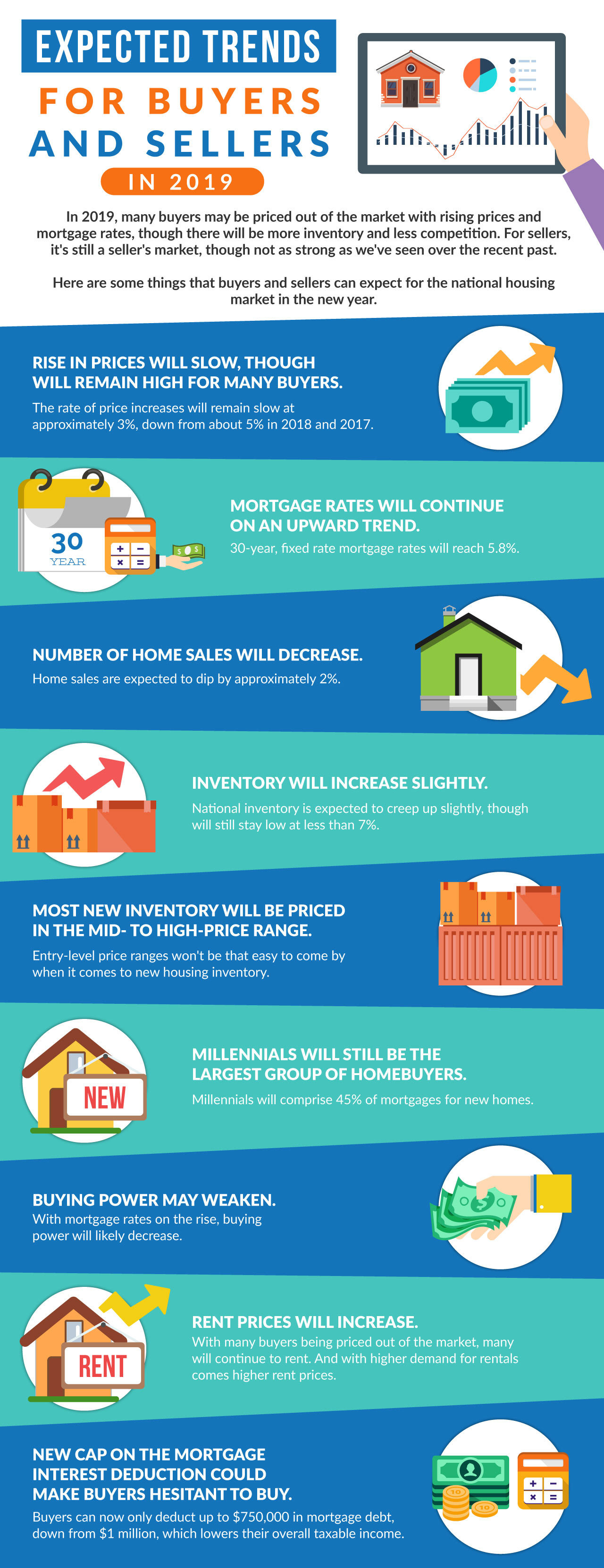How to Create a More Sustainable Home
/in Uncategorised /by admin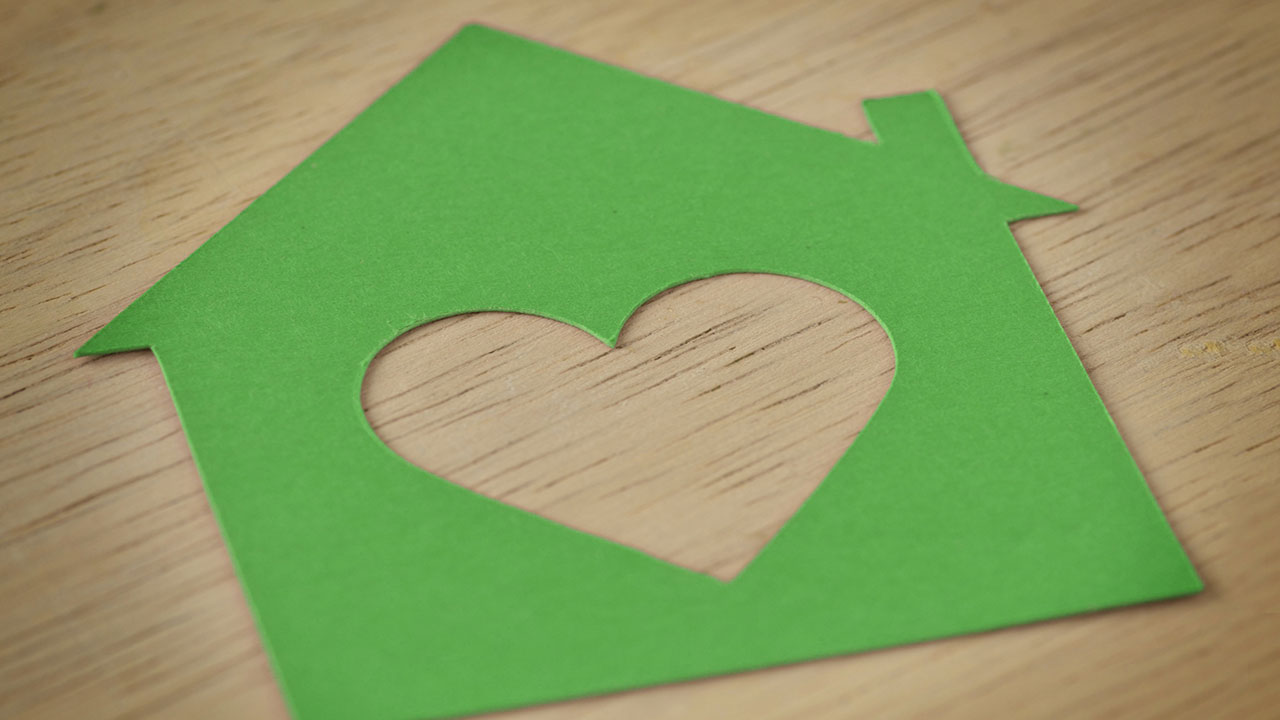
The average household wastes 51 MMBtu’s every year, and a typical home wastes about 30% more energy than an energy-efficient home does. What’s more, the average household creates 4.4 pounds of trash per person per day.
That’s a lot of garbage and a lot of energy wasted. We can definitely do better, and we have been. More and more, homeowners are adopting tactics that make their homes much more sustainable, which inevitably helps to cut down on trash and wasted energy and makes our entire planet a better, healthier place.
So, what can you do to create a more sustainable home? Here are a few suggestions.
Make Compost
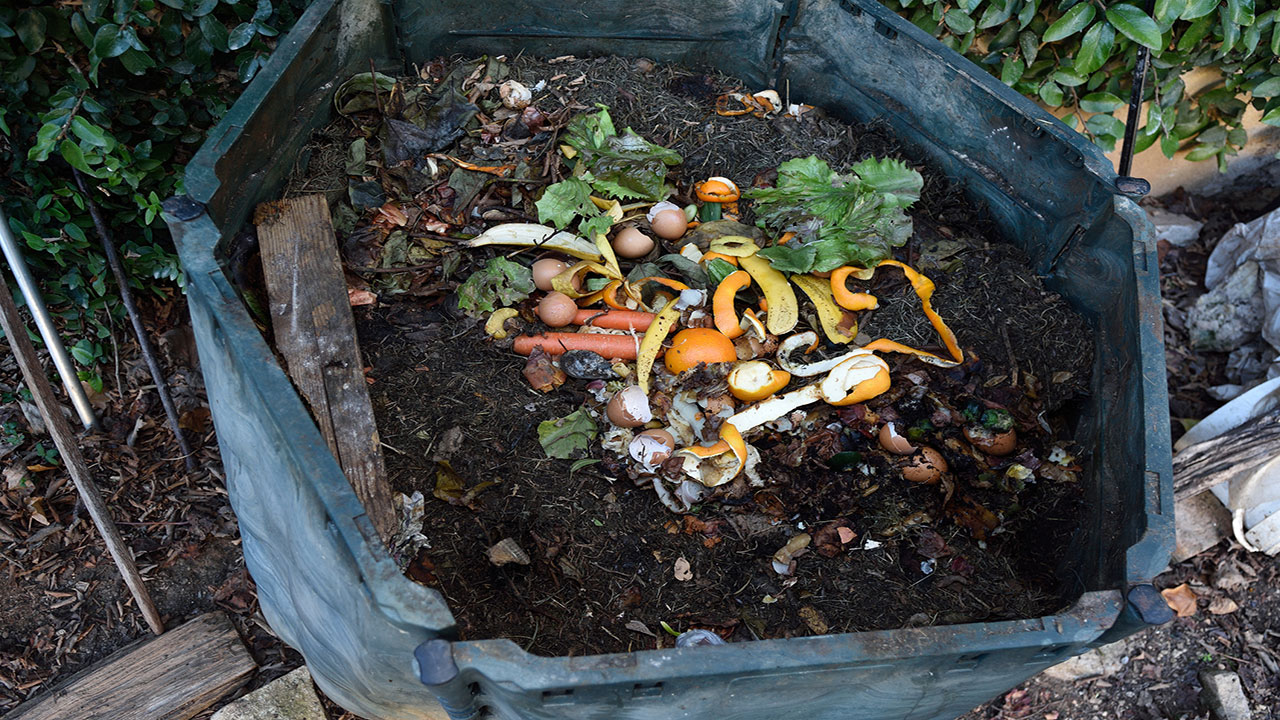
Collect things like egg shells, coffee grinds, and vegetable peels to create a healthy compost that can enrich the soil of your outdoor garden.
Reuse Bags
If you’ve still got plastic bags in the home, consider washing them after each use and reusing them instead of throwing them out.
Repurpose Goods
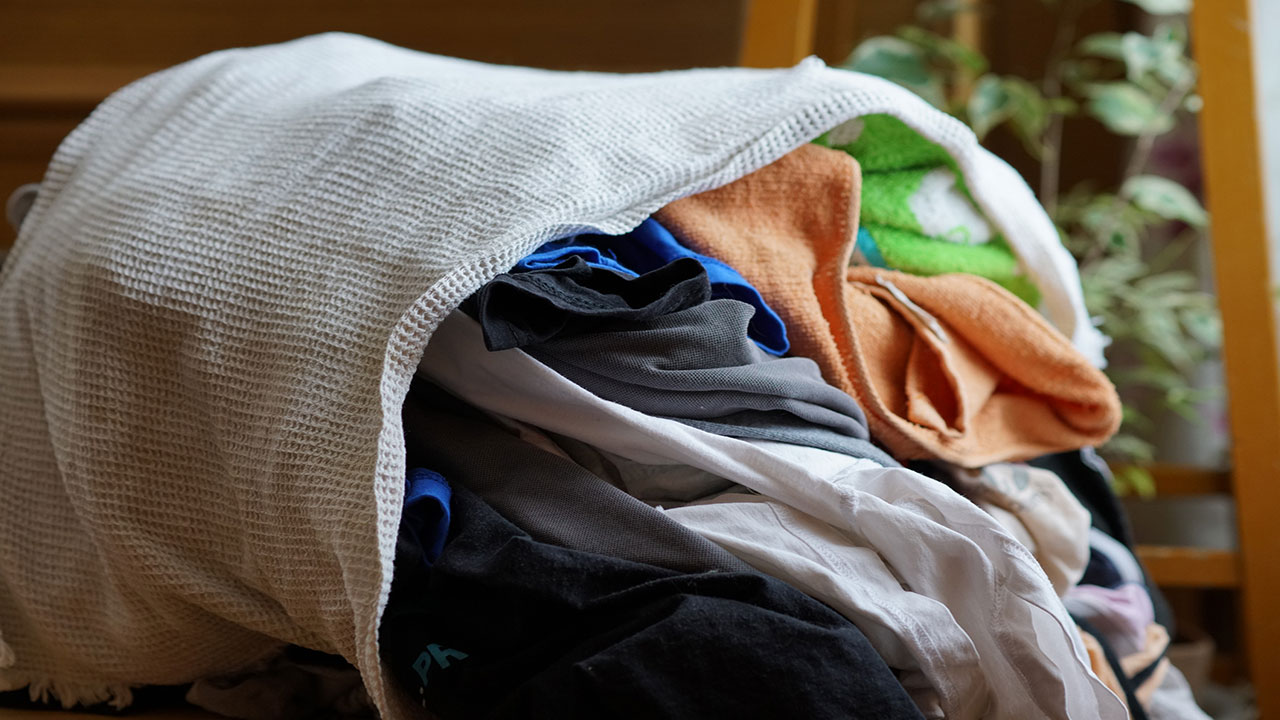
Rather than tossing your unused items in the trash, consider repurposing them. For instance, an old t-shirt can easily become a rag that you can use to clean with.
Plant Native Plant Species in Your Yard
Native plants tolerate your local conditions much better than foreign species, which means they require far less water to thrive. This, in turn, means less water being used.
Install Low-Flush Toilets
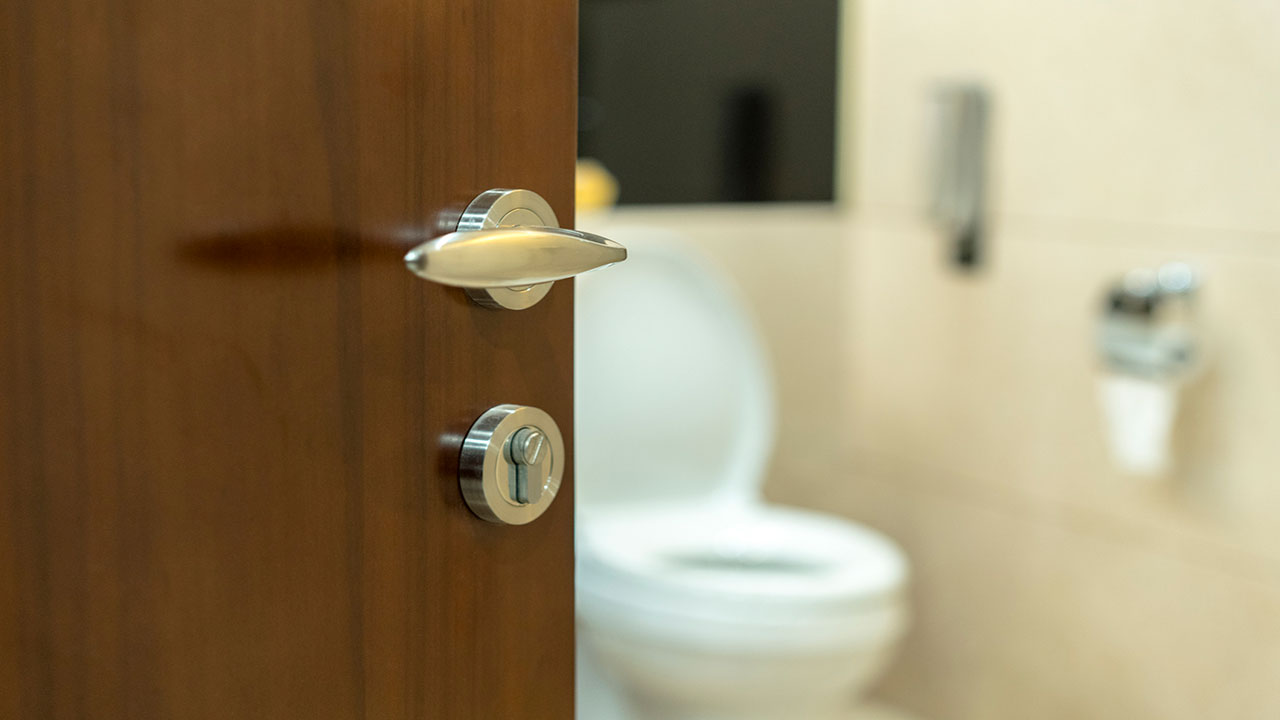
Every time you flush the toilet, you use about six gallons of water. Low-flush toilets can drastically cut that number by 75%.
Install Low-Flow Showerheads
Showers use up the third largest amount of water in a home, behind toilets and washing machines. The average shower uses 17.2 gallons of water. By installing a low-flow showerhead, not only will you be using less water to shower but you’ll also be cutting down on the energy needed to heat it.
Plant Shady Trees

Cut down on the amount of energy needed to cool your home by planting trees that can adequately shade your house.
Install a Solar Water Heater
Water heaters use a lot of energy to heat the water in your home. A solar water heater uses much less energy and does just as good a job.
Install Energy-Efficient Appliances
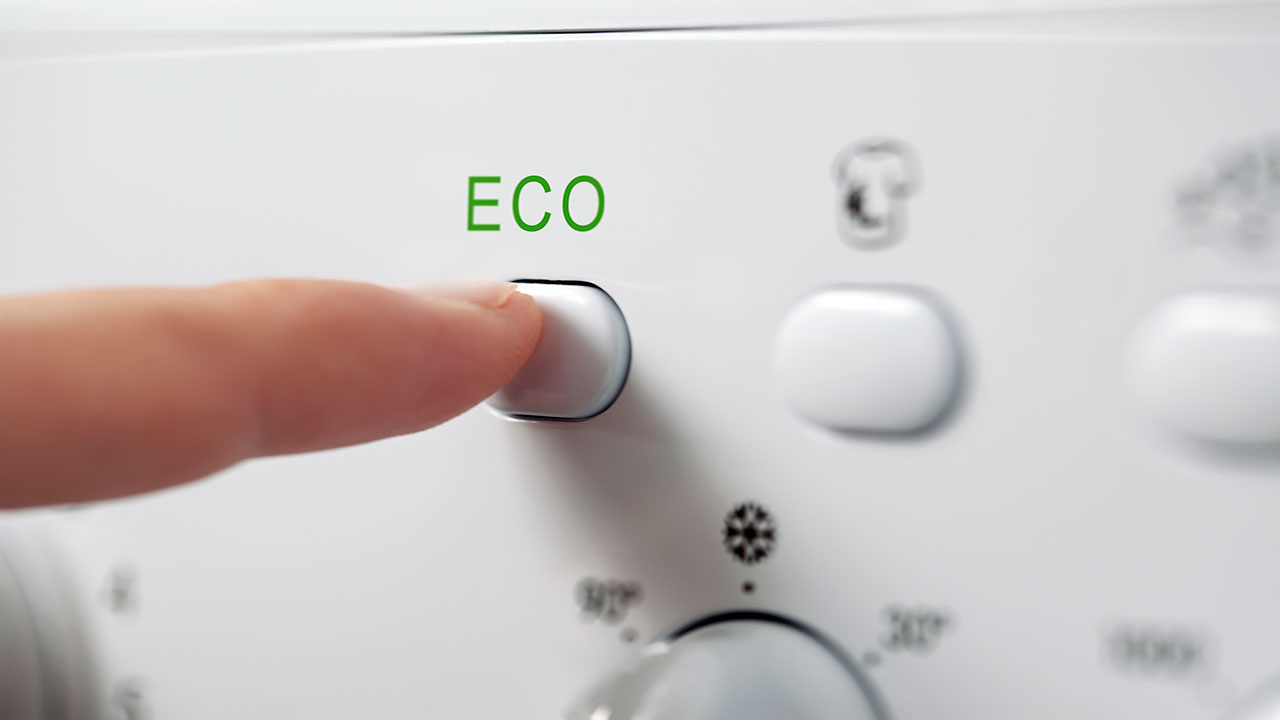
These days, appliances are much more energy-efficient, using smarter designs that require less energy to do the same job as traditional appliances. In fact, you can save as much as 13% in energy every year.
Use Eco-Friendly Cleaners
Instead of the chemical-laden products that you get at the grocery store that can end up in our rivers and lakes, consider using natural solutions, such as baking soda, white vinegar, and even lemon juice.
Collect Rainwater
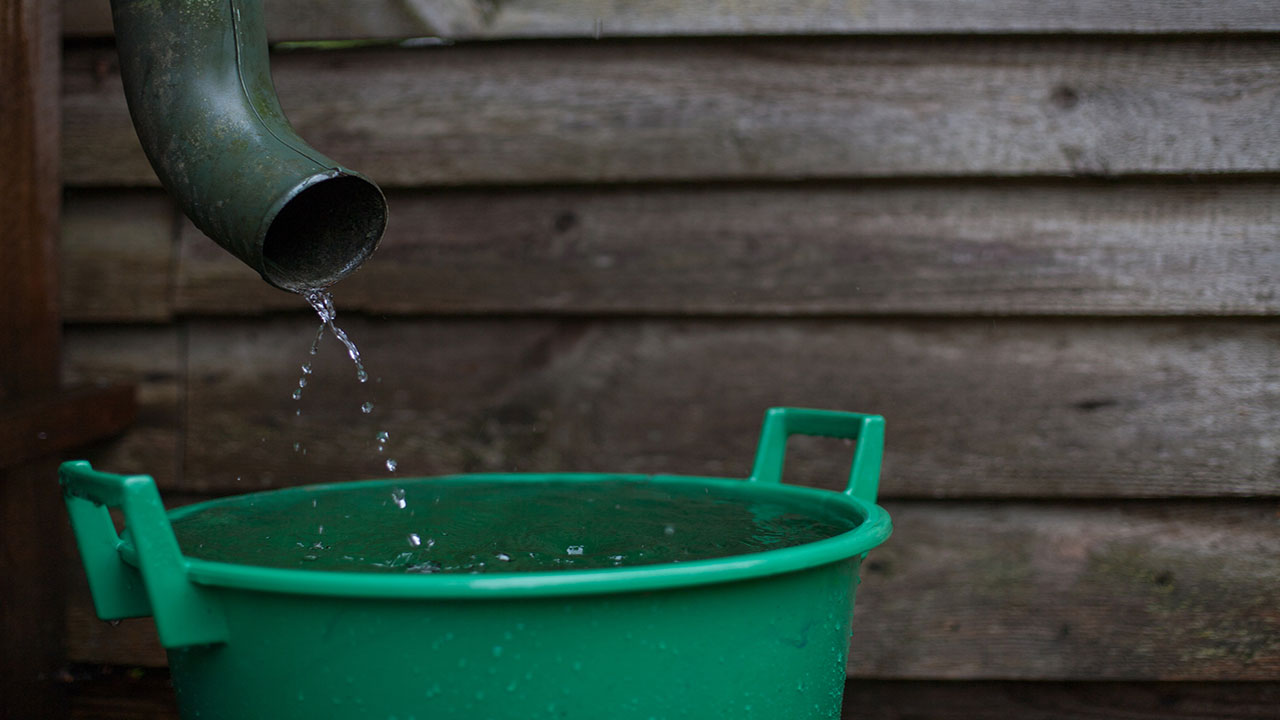
Get yourself a couple of rain barrels to collect rainwater to be used to wash your car or water your lawn rather than wasting hose water to serve the same purpose.
Caulk and Weatherstrip Doors and Windows
A lot of energy can be wasted through cracks in window and door frames. Caulking and weatherstripping can effectively insulate these openings and ensure that no air is allowed to seep in or escape, reducing energy used to keep your home comfortable.
Repair Leaky Pipes
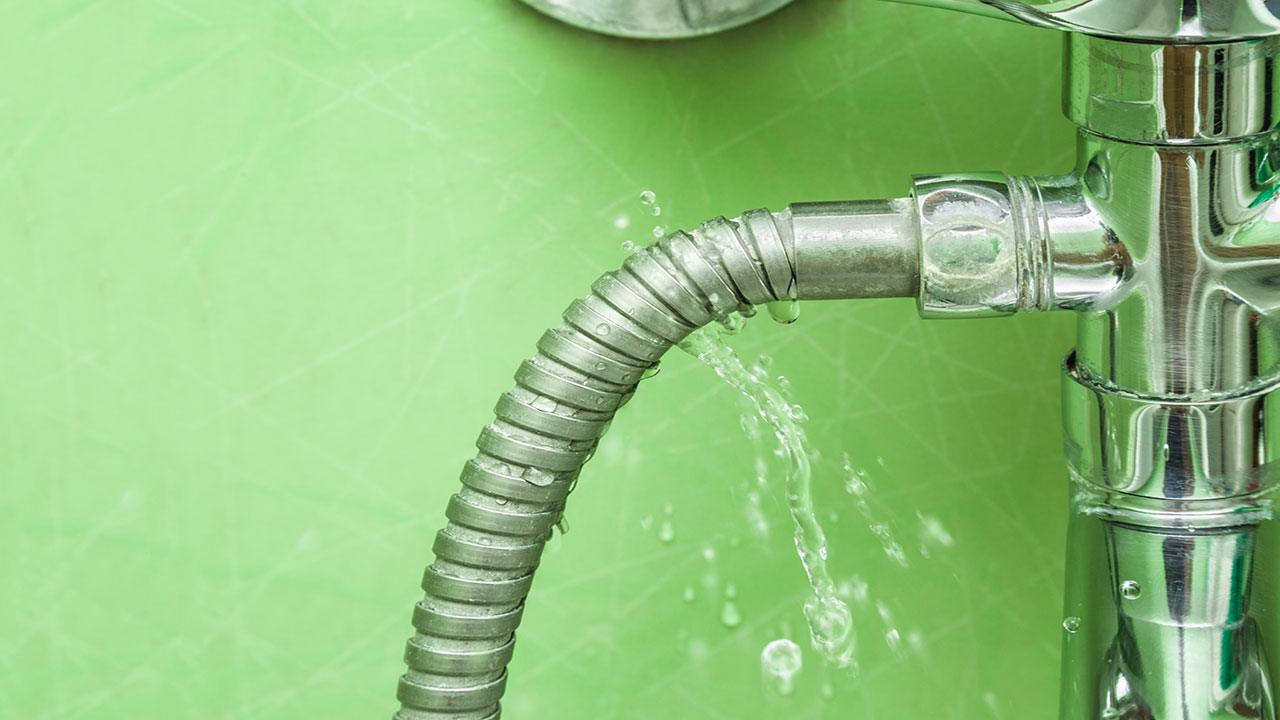
Even tiny leaks can waste a ton of water, so make sure to have all leaks fixed.
Install Energy-Efficient Light Bulbs
LED and compact fluorescent bulbs can save a ton of energy in your home. Though they may be more expensive than traditional bulbs up front, they wind up saving you a great deal of money over the long run because they last so much longer.
Use Ceiling Fans

Cut down on the amount of work that your air conditioner has to do and make use of ceiling fans. To make sure the cool air is being pushed down, make sure that the fan is turning in a counterclockwise direction.
Unplug Small Appliances When Not in Use
Leaving small appliances idle when not in use still uses up energy. Consider unplugging your coffee maker, toaster oven, and blender when not in use. Also, completely shut down your computers at night. Even when they’re in “sleep mode,” they still use some amount of energy, so shut them down.
The Bottom Line
You might not think that your home makes much of a difference in terms of keeping the planet and environment healthy considering the millions of other homes around you. But when everyone takes a step in the right direction, good things happen. Adopting any one of the above-mentioned tactics can help you create a more sustainable home and even save you a great deal of money at the same time.
What Are Fintech Lenders and Should You Consider One?
/in Uncategorised /by admin
If you’re thinking of applying for a mortgage any time soon, you really don’t have to go any further than your computer, tablet, or even your smartphone to get one. These days, applying for a home loan can be done completely online via digital devices, completely changing the lending sphere from just a few years earlier.
Known as ‘fintech lenders’, online lenders are making the mortgage application and approval process a lot faster and more convenient for buyers who are looking to make homeownership a reality for them. The question is, should you go the fintech route or stick with a traditional lender?
What is ‘Fintech’?

Fintech, a combination of the term ‘financial technology’, refers to a phenomenon in which both consumers and businesses can access financial services through digital devices. It was developed to help consumers and businesses better manage their finances and automate these services.
Nowadays, people can do all their banking and wealth management through their smartphones and tablets without the need to visit a brick and mortar lending institution in person thanks to fintech. This technology has expanded over the years to increasingly serve consumers and has incorporated all of the typical day-to-day services that consumers require, including having access to bank accounts and even applying for mortgages.
Should You Consider Applying For a Mortgage With a Fintech Lender?
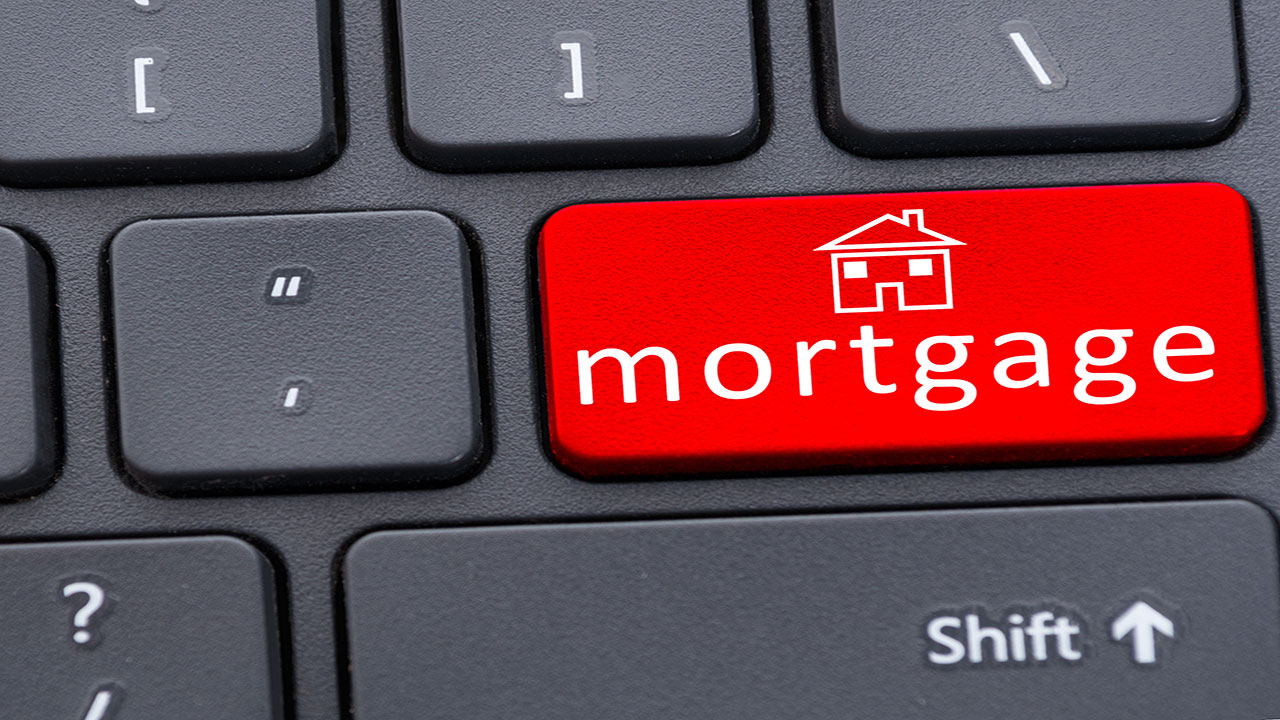
There are plenty of perks of applying for a mortgage with a fintech lender. But there may also be a few drawbacks as well. Let’s go over these pros and cons to help you decide if this tactic is right for you.
Pros:
Convenience. There’s no denying the convenience of being able to apply for a mortgage from the comfort of your home without the need to venture out and meet with a lender face-to-face. Simply log on to your computer or mobile device and go through the process laid out with the lending platform.
Possible lower rates and fees. Since online lenders typically have less overhead compared to brick-and-mortar banks, they may be able to pass their savings on to consumers by offering lower interest rates and fees. Even a fraction of a percent cut off an interest rate can translate into thousands of dollars in savings over the life of the mortgage.
Approval may be easier. Many fintech lenders may work with borrowers who have credit scores that are not high enough to secure a mortgage with traditional lenders. Conventional loans have minimum credit score requirements for mortgage approval. If you have a credit score that is not as high as the minimum required for a conventional mortgage, an online lender might be more open to supplying you with a home loan.
Applying may be faster. The mortgage application process is typically a cumbersome one filled with tons of paperwork to have to gather and supply to the lender. Getting all your documents together can take a long time, especially if you have to access forms from the bank or IRS that you may not have readily available. Instead, online lenders typically make the process more streamlined by allowing borrowers to upload all paperwork directly to their sites.
Cons:
Rates may change. Although online lenders may be able to charge less in rates and fees, they may not always guarantee advertised rates. Some lenders may advertise lower rates than competitors in an effort to attract new customers, but these rates can change once the lender has had a chance to go over the documentation supplied and check out credit scores. Further, rates tend to be much higher for borrowers with low credit scores, even though approval for a mortgage with bad credit may be easier with online lenders compared to traditional lenders.
Lending scams exist. There are plenty of legitimate online lenders that offer sound mortgage services you can trust. But there are also some lenders in the fintech sphere that may be predatory. Usually, these lenders target consumers with bad credit who are unable to secure a mortgage the traditional way. As such, it’s important to be vigilant when choosing an online lender when applying for a mortgage. As a general rule of thumb, keep your guard up against lenders who guarantee or promise mortgage approval.
Customer service may be lacking. While online lending may offer convenience, there’s no substitution for the personalized service and face-to-face contact that you get with a traditional lender. You’ll be able to contact them (within business hours) whenever the need arises. Such is not always the case with an online lender, making it more challenging to get in touch with a real live person when you need some help.
The Bottom Line
The fintech lending platform has certainly transformed the way people do their banking and even how they apply for and obtain a mortgage for a home purchase. There are certainly a number of benefits of applying for a home loan via the internet, but there are also some disadvantages that are worth noting. If you choose to go the fintech route, be sure to consider the points made, and be on the lookout for lenders that may not necessarily have your best interests in mind.

